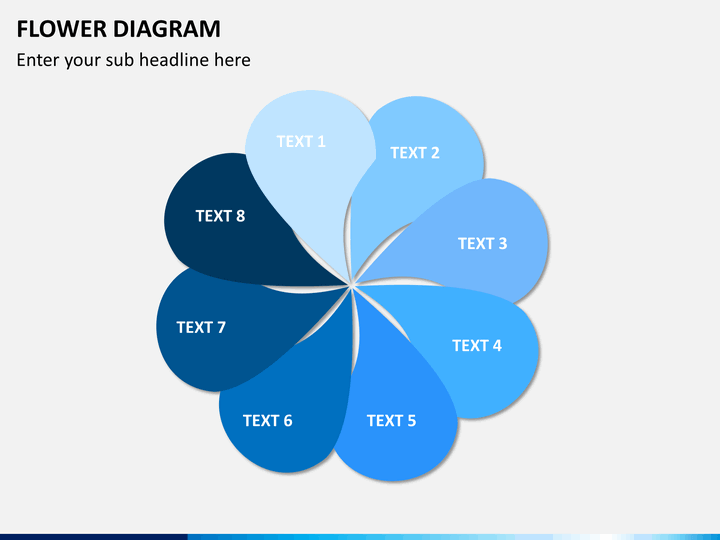

And on top of that, it’s Monday.’ The colleague continues to complain, to which the other says with an irritated tone: ‘If you don’t feel like doing anything, please complain about it to someone else. One of them is sitting on a bench with a long face and says: ‘I don’t feel like doing anything on this rainy day. What needs to be done? What exactly is the problem?’ Two other colleagues bump into each other while out walking during the lunch break The team member says to the project manager: ‘I don’t know what to do anymore, I’m never going to get the job done.’ To which the project manager then says: ‘come on now! You can do it, especially with the help of the right people. Why did you not order it sooner?’ The other colleague is offended and responds: ‘I can’t think of everything, do it yourself!’ A project team member and the project manager meet at the coffee machine

2 colleagues work together in the officeĪt some point, one of the colleagues pushes his chair back abruptly and says to his colleague: ‘I have to stick something together and, once again, there’s no adhesive tape. Try to recognise the action-reaction patterns in the image above. Below you will find some examples of everyday situations. Examples of Leary’s roseĪccording to Timothy Leary, it is about action-reaction. This is about an ideal situation in which people can work as a team and in which people are receptive to other people’s opinions. This could develop into defiant behaviour. They want thorough explanations and motivations before they take action. Opposed behaviour is about people who are aggressive and do not agree with other people unquestioningly. Below behaviourīelow behaviour is about submissive behaviour, the individual does not get involved, effaces himself or displays very modest behaviour. The degree of dominance is determined by the other party.

Timothy Leary distinguishes additional nuances in these four basic behaviours such as above- together, above- opposed, below-together and below-opposed.Ībove behaviour is about active, initiating and leading behaviour. He referred to the north axis as the above behaviour, the south axis as the below behaviour, the west axis as the ‘opposed’ behaviour and the east as the together behaviour. The four directions form a rose from which the name of Timothy Leary ’s theory has been derived. The horizontal axis focuses on relationships with others and the vertical axis focuses on attitude to others. In order to clarify human behaviour and the interaction between people, Timothy Leary developed a communication model, named the Rose of Leary, based on a horizontal and a vertical axis. Do you want unlimited and ad-free access? Find out more Basic behaviour


 0 kommentar(er)
0 kommentar(er)
